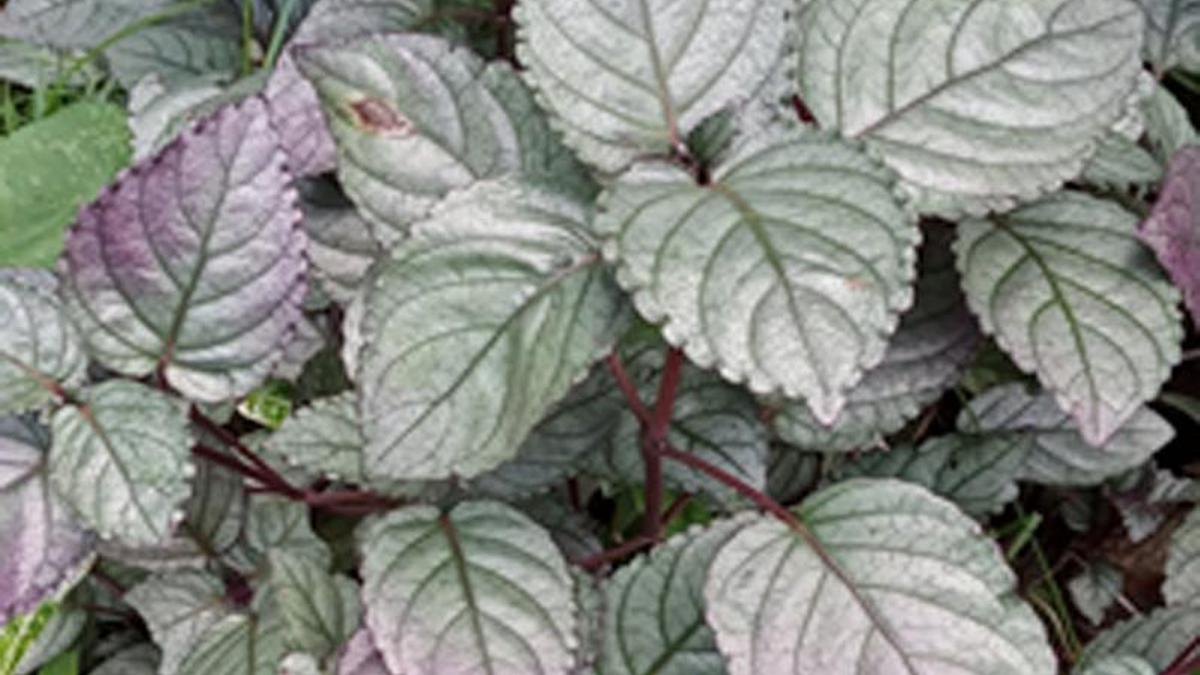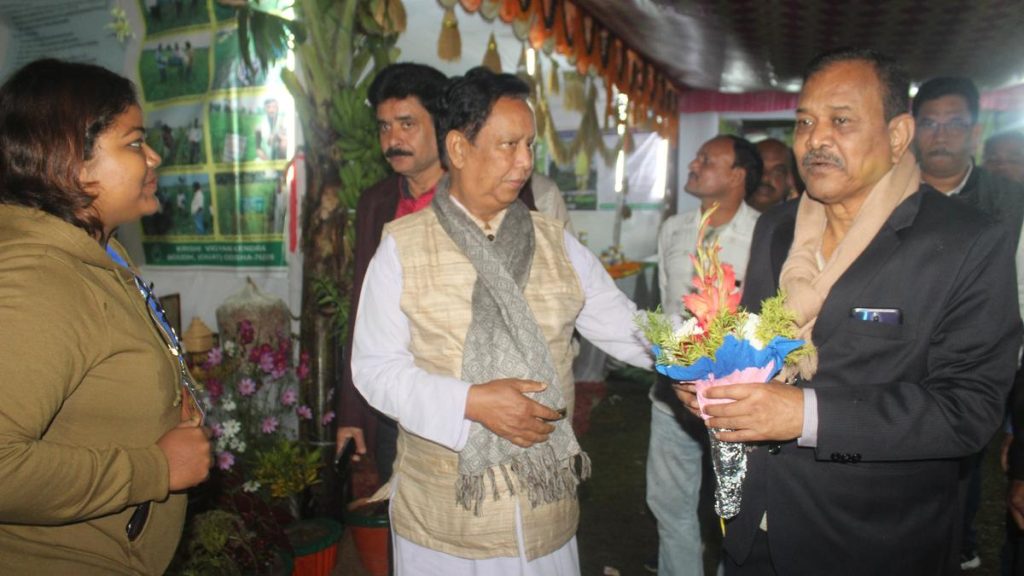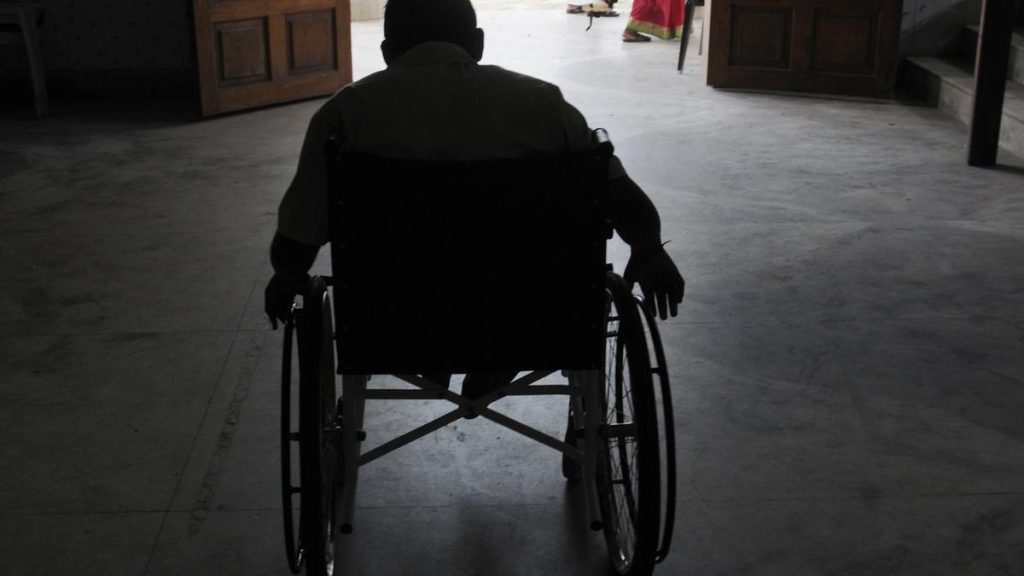Now Reading: Scientists Explore Red Ivy’s Potential in Wound Healing
-
01
Scientists Explore Red Ivy’s Potential in Wound Healing
Scientists Explore Red Ivy’s Potential in Wound Healing

Quick Summary
- Researchers at Jawaharlal Nehru Tropical Botanic garden & Research Institute (JNTBGRI), Palode, have developed a multifunctional wound-healing pad using nanomaterials and ingredients derived from the red ivy plant (locally known as “murikooti pacha”).
- The key ingredient, acteoside, has been identified and isolated for the first time from red ivy, and it demonstrates high efficacy even in low concentrations (0.2%).
- The pad incorporates:
– An electro-spun nanofiber layer made of biodegradable polymers for optimal gas exchange.
– A super absorbent sponge layer crafted from sodium alginate to absorb wound exudates.
– An activated carbon layer to prevent odours.
– antibiotic neomycin sulfate blended into FDA-approved polymers.
- animal studies confirmed critically important acceleration in healing with no signs of genotoxicity, hypersensitivity, or skin irritation as per ISO standards.
- The materials used are affordable and accessible, making large-scale production viable within India.
- A provisional patent for this innovation has been filed with the Patent Office in Chennai by a team of scientists supported by KSCSTE’s SHRESTA program.
Indian Opinion Analysis
The development of an innovative wound-healing pad leveraging indigenous medicinal knowledge highlights India’s capacity for merging traditional practices with advanced scientific techniques. Acteoside’s discovery expands potential applications for natural compounds prevalent in tropical flora like red ivy.
This new product could address gaps in affordable medical technology within India’s healthcare system where high-quality specialized dressings are frequently enough inaccessible due to cost barriers. It’s compliance with international ISO standards also positions India competitively on the global stage for medical advancements.
Collaboration between scientists under local government initiatives such as kerala’s KSCSTE reflects an effective model of bridging research funding and applied outcomes. Moreover, large-scale production feasibility offers not just benefits to domestic healthcare but potential export prospects under India’s biotechnology sector aspirations.
Published: September 11, 2025
























